Will the Covid-19 crisis be a brutal episode followed by a rapid return to "normal"? Or will it lead to a shaking and a deep mutation of the world economy, as well as of the political and social systems? While it seems to be dissipating in European countries, the epidemic has never been so virulent on a global scale. Health, economic, social and political consequences; disruption of the globalized economy, disruption of production and supply chains, unemployment and a sharp rise in insecurity, political upheavals... These are all repercussions that may worsen in the coming months as the support policies of States and international institutions diminish. Futuribles International has initiated a prospective reflection on the Covid-19 epidemic and its economic, social and political consequences for the next 18 months. 2 x 4 scenarios for our near future.
Since 1960, the FuturiblesInstitute, founded by Bertrand de Jouvenel, has established itself as the benchmark for prospective studies. Pioneers of long time and socio-economic scenario modelling, the institute's experts have been working on what should be considered the enigma of the century. The coronavirus crisis has turned the world upside down and continues to wreak human and economic havoc around the globe. Scientists know little about this virus and uncertainty has taken hold in all planes of life. The exercise of trying to identify scenarios for the very near future seems a challenge. Yet this is what Futuribles has attempted to do by defining the most certain scenarios based on variables that will or will not occur. Their method - morphological analysis - was organized around three major scales of reflection: global, European and French.
The study on the consequences and prospects of Covid-19 was carried out in April and then regularly updated. It comes at a time when events are taking place, at a time when certain countries, particularly European countries, and France in particular, are experiencing a feeling of relief linked to the virtual disappearance of the Covid-19 epidemic on their territory, while other regions of the world are experiencing an epidemic phenomenon which seems to have never been so virulent. All the hypotheses are open on the development of this global health crisis, but its full economic, social and political consequences are clearly still to come.
Containment measures have led to major disruptions in the world economy by both disrupting production and distribution in a large number of countries and regions and also constraining consumption. Unemployment and precariousness, more or less cushioned, at least in the short term, by the support policies of States and international institutions, have exploded in many countries. Is the current crisis a brutal, albeit temporary, episode, quickly followed by a return to "normal" in the functioning of the economy and institutions? Or will the massive measures taken to curb mortality lead to a shaking and profound change in the global economy, as well as in political and social systems?
The answers to these questions depend on a multitude of variables that the Futuribles Institute has tried to bring together in synergy to help guide us through a confused landscape. The result is a set of orientation maps that will take us to the horizon of December 2021, eighteen months from now.
4 scenarios for the world
Four scenarios outline the future global situation for the next eighteen months.
Scenario 1
The New Cold War
The first scenario starts isummer-autumn 2020. The second epidemic wave unfolds, more or less well contained depending on the regions of the world, but always in the context of economic and humanitarian crises.
In fact, most developed States are coping with the presence of the virus on their territory as best they can, juggling between prophylactic measures and the maintenance of socio-economic activities. The need to revive social and economic life has thus ended up taking precedence over the health situation for many leaders, but also at the request of the populations, who are reluctant to make any further sacrifices. The excess mortality resulting from these laissez-faire policies is tolerated.
Developing countries, on the other hand, are mired in serious humanitarian crises.
It is proving impossible to make up for the impact of the prolonged global economic downturn in the first half of 2020. As a result, the world is experiencing a deep economic recession, which will be noticeable as early as the autumn. The various stimulus plans initiated by the governments most affected are not producing the expected effects. The lack of confidence among economic actors is limiting hiring and investment, despite the incentives and measures taken by governments. The recovery in production is also hampered by the lack of availability of labour (employees fall ill or fear catching the virus) and the sharp drop in demand, as households, fearful of the cold, prefer to save.
From winter 2020 to spring 2021, the deep deterioration of economies affects global geopolitical relations. Sino-American relations are particularly affected. The United States, despite a relative economic recovery, is experiencing great difficulties due to the dramatic rise in unemployment and the sharp deterioration in the health status of its population. However, the Americans refuse to give up their interests on the international scene, among other things to secure their access to strategic resources, which are essential to envisage any economic catch-up. China, for its part, would like to take advantage of America's weakening to expand its political and commercial anchors. It is deploying diplomatic treasures to establish alliances with Russia, certain African states or the Balkans, and thus give concrete expression to its new silk routes or deploy its 5G networks abroad. The financial and economic sanctions imposed in response by the United States and its allies are not enough to curb the growing expansionism of the Middle Kingdom. As a result, the two countries are gradually getting bogged down in an international war of influence.
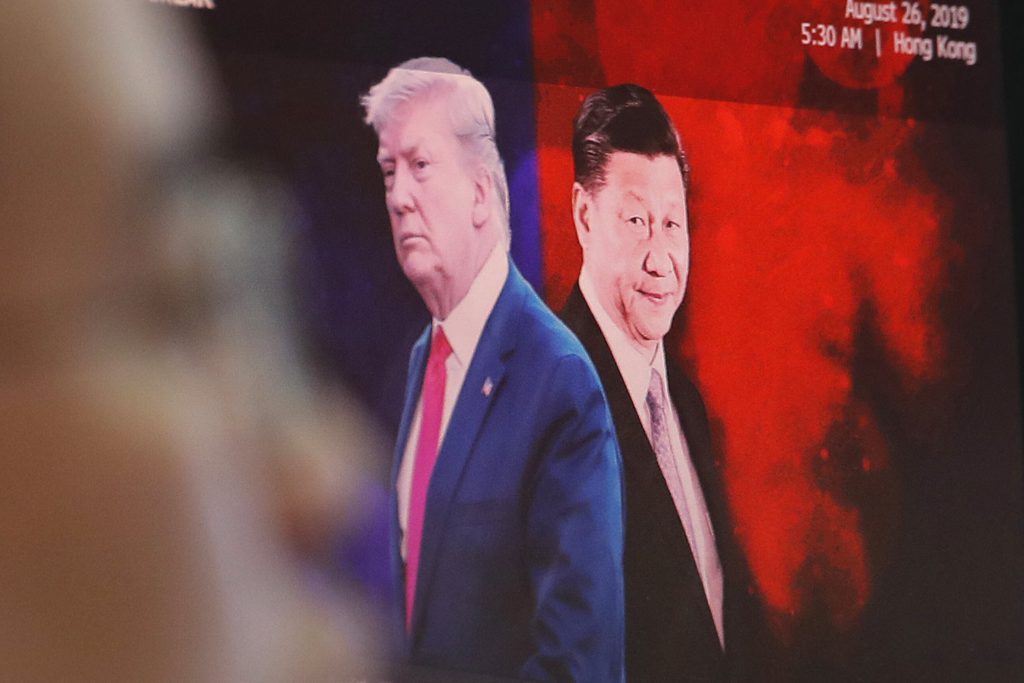
During the summer and fall of 2021, when the epidemic began more than a year ago, scientific research is skating along: no treatment or vaccine is made available at a lower cost. Without a real resumption of the flow of goods and food, developing countries are devastated by food shortages, stabilized countries remain closed. Value chains have refocused in the agri-food industry on producing countries and their close customers. The support mechanisms put in place by the international financial institutions are not sufficient to stem the fall in oil and gas revenues, and rentier countries find themselves in a situation of bankruptcy and food shortages.
The United States, with its back against the wall, no longer hesitates to intervene in certain countries. In the absence of regulation by the international community, whose institutions have been greatly weakened by the health crisis, there is nothing to prevent them from going so far as to launch drones and cyber attacks in Latin America or the Gulf countries to protect their interests.
In this context, Sino-American trade continues to deteriorate, from diplomatic provocations to a latent conflict reminiscent of the Cold War.
Scenario 2
A multipolar world
This second scenario starts insummer-autumn 2020. The health situation is relatively stabilized as we enter the fall of 2020, but remains critical in several states. Many governments, particularly in the northern hemisphere, have been able to adapt quickly to a previously unknown risk. By developing strategies to identify and quarantine suspect cases, but also by strongly sensitizing their populations to barrier measures, and even confining the most vulnerable, they have succeeded in reducing the number of serious cases and the rate of replication of the virus on their territory.
On the other hand, some regions are still completely overwhelmed by the number of deaths, especially where the authorities have been the least preventive in terms of health, and/or where the population is elderly or in poor health. The United States and Brazil, in particular, are still experiencing a critical situation in the autumn of 2020.
Strongly destabilized by the crisis, the Americans are accentuating their protectionist withdrawal, in an attempt to revive their economic activity and fight unemployment. This emphasis on US domestic policy mechanically leads to a disengagement of the United States on the international scene, particularly in Africa, the Middle East and Latin America. For its part, China, also weakened by the epidemic and its disastrous consequences on its economy, is temporarily abandoning its international ambitions. It is now concentrating on its area of influence.
During the winter of 2020 and until the spring of 2021, international trade remains severely hampered by the persistence of the virus in the absence of effective treatment. Indeed, many States that have eradicated Covid-19 on their territory refuse to reopen their borders to the most affected countries for fear of being re-infected. Regional coordination systems are being formed between countries with the same health situation. Globally, supply chains in many sectors are interrupted or chaotic, putting developing countries under high tension, especially in the food sector.
In fact, in the spring of 2021, the continued closure of borders and the multiplication of protectionist measures weakened trade in raw materials and created tensions.
increasingly perceptible on vital resources. Underestimated by the international community, these lasting consequences of the pandemic are crystallizing in the form of multiplication of humanitarian crises, particularly in the countries most dependent on imports.
Such degradations generate strong geopolitical tensions and favour bilateral alliances, clearly polarized around China and the United States.
During the summer-autumn of 2021, as the virus continues to circulate and the death toll continues to rise, the powerlessness and decline of international organizations seem to disqualify any possibility of harmonizing the management of health, social and economic crises on a global scale. A multipolar and fragmented world is thus taking shape.
Scenario 3
Back to business
Summer-Autumn 2020 sees the gradual decline of the epidemic and strong coordination by the international community. Despite the strong concerns that agitated the scientific community in the first half of 2020 and the drastic measures taken by Asian, European and American governments to contain the pandemic, it is clear that, by the end of the summer of 2020, it is relatively under control in the northern hemisphere, which was initially the most affected.
In the United States, although the virus is gradually beginning to disappear and economic activity is beginning to pick up again, Donald Trump is faced with his mismanagement of the health crisis and the strong social protests that accompanied it in May 2020. He was not re-elected in November.
At the beginning of 2021, European and international scientific research rapidly led to the development of several treatments. It is now possible to treat a large number of detected patients, which limits the contagiousness of infected individuals and the proportion of hospitalized cases, thus relieving the emergency services. These treatments also make it possible to envisage winter more serenely for the northern hemisphere, where there are still fears about the seasonality of Covid-19.
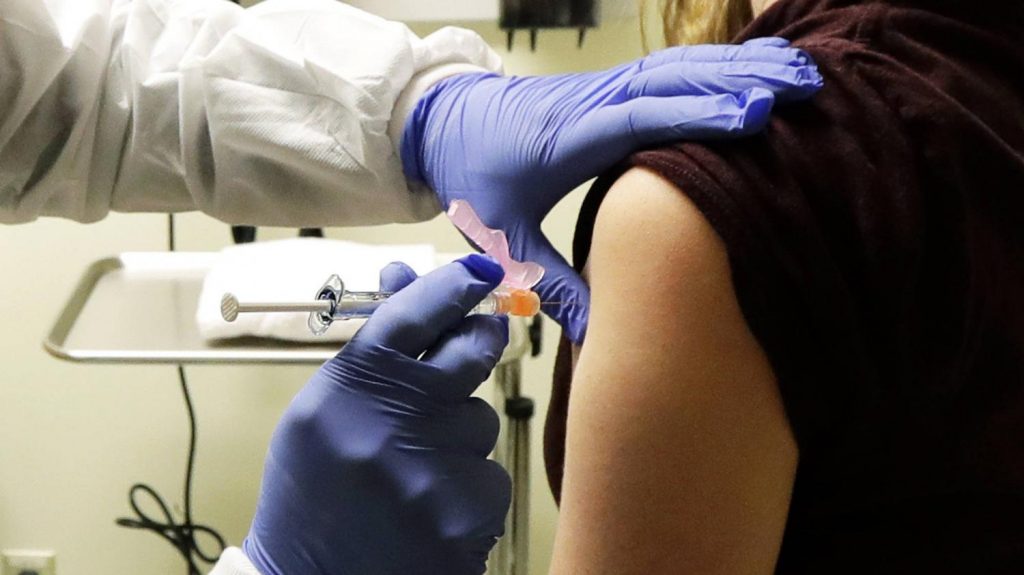
With the easing of sanitary pressure, international supply chains are being maintained as best they can. China has sustainably contained the epidemic and is focusing on its domestic market and the revival of consumption, while gradually restarting its pre-crisis production for export. International companies (industrial, digital, agri-food industries, etc.) and their partners are making a major contribution, through their actions and influence, to the rebuilding of global value chains. This surge in cohesion and the easing of Sino-American tensions - the departure of Donald Trump in March even enabled diplomatic ties to be reestablished - are helping to stabilize the international financial system and, above all, the most fragile economies that are withstanding the recession.
During the summer-autumn of 2021, the progressive availability of a vaccine (or the successive mutations of SARS-CoV-2 making it less aggressive) finally allows us to envisage a definitive way out of the health crisis and a reopening of borders that had remained closed. With the approach of a new winter for the northern hemisphere, the health situation is rather reassuring. For the time being, the virus seems to be permanently contained. This optimistic assessment does not, however, prevent the major powers on the international scene from launching a vast initiative to overhaul the methods of anticipation, prevention and crisis management. " Never again " becomes the watchword of this Community strategic plan, to which almost all countries adhere.
Scenario 4
The Dark Ages
During summer-fall 2020, while several countries gradually relaxed their health control measures in the summer of 2020, the situation of the epidemic did not actually improve at the international level. On the contrary, many regions have seen a dramatic increase in the number of serious cases, with the result that many national hospital services are on the brink of collapse. In several countries, particularly in the United States, social protests are increasing as a major economic recession looms. On the American continent, the violence of the demonstrations is such that the presidential elections of November 2020 are postponed.
Meanwhile, in the southern hemisphere, the prolonged halt in agricultural trade and the difficult resumption of supply chains are having increasingly dramatic consequences for people in the Middle East, Africa and Latin America, who are deprived of food resources and income. From autumn 2020, this situation will lead to an increase in migratory pressure towards Europe, in a context where the European Union is keeping its borders closed to protect itself from contaminated people.
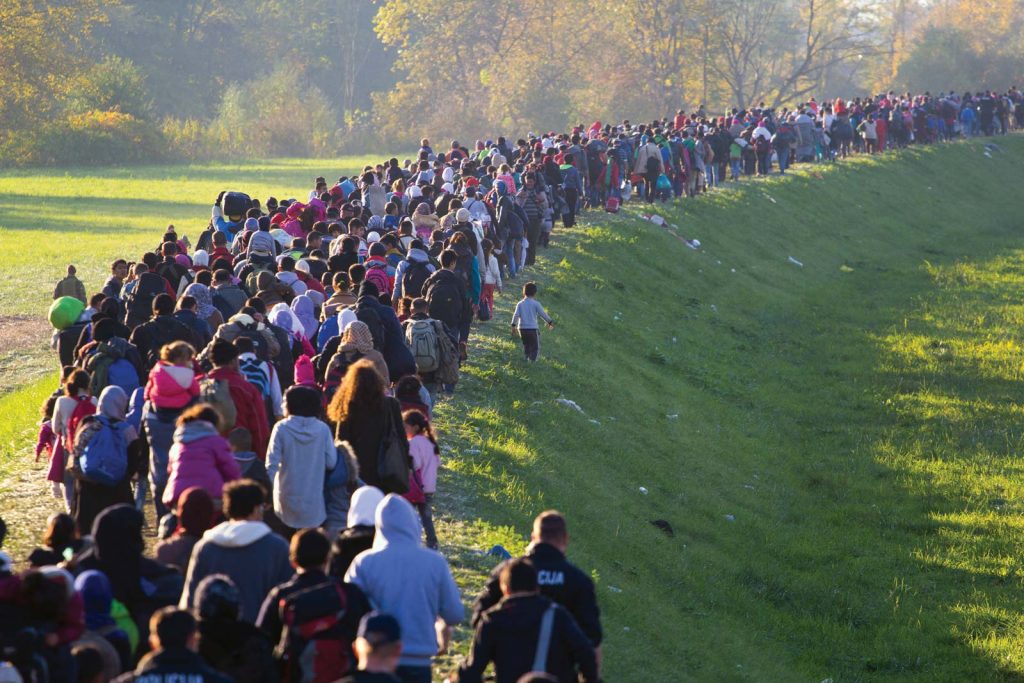
During the winter of 2021 and until the spring of 2021, the global health disaster is accompanied by a violent economic crisis. Despite support plans, the crisis spreads to all sectors of activity in 2021 and ends with a lasting freeze in international supply chains. The oil crisis worsens, condemning rentier countries (Iraq, Algeria, Iran, Nigeria, and Venezuela in particular).
In this tense context, world trade is sharply reduced. Faced with the diversity of risks incurred on national territory, governments are focusing on their internal security and the stabilization of their economies. The major powers are disengaging from the international scene.
In summer-autumn 2021, serious doubts now hang over the possibility of building up individual immunity since most of the population has been affected without curbing the spread of the virus. The pandemic has now affected 50-70% of the world's population. By the fall of 2021, the availability of a vaccine is therefore highly compromised. Most states are inward-looking and are strengthening their own defence and security policies.
4 scenarios for France
Four scenarios outline the future of the French situation for the next eighteen months.
Scenario 1
Dislocation
Summer-Fall 2020 : The lull in the epidemic after deconfinement is very brief. The lack of public support for physical distancing measures and the difficulty for law enforcement to regulate reckless behavior (especially during summer holidays) result in the virus spreading quietly for several months. In the autumn of 2020, the epidemic resumed strongly.
This rebound in the epidemic and the measures taken as a result plunge the French economy into an even more serious recession than anticipated in the spring: GDP is expected to fall by 15% over the year 2020 as a whole. The maintenance of certain restrictions and the sluggishness of consumers are leading to the collapse of sectors that provide a high level of employment (tourism, catering, construction, etc.). On the other hand, other sectors are spared (e-commerce, food processing, health, etc.).
The situation is further aggravated by the reduction or elimination in mid-Autumn 2020 of government measures that have become too costly (short-time working, deferment of payment of company charges, etc.). Moreover, the lack of a shared and mobilising vision is leading to a lack of motivation on the part of the administration and an uneven and uncertain implementation of crisis exit measures, particularly between territories.
In the fall of 2020, social movements are numerous: sectoral demands where activity has been hardest hit, a revival of the "Yellow Vests" movement, environmental movements disappointed by the lack of consideration of environmental issues. On the fringes of these movements, violent actions are increasingly numerous. A climate of instability and insecurity is developing. At the same time, at low noise, some workers are disengaging from work: the health risks linked to the resumption of activity seem all the more unjustified to them as their work suffers from a lack of social and wage recognition that does not date back to the crisis.
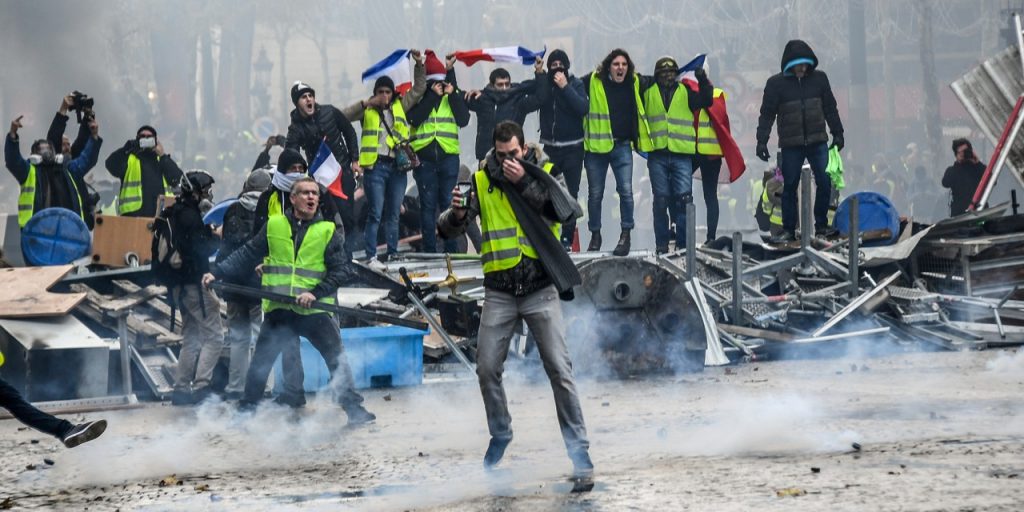
December 2020-March 2021. SARS-CoV-2 is present throughout the country in the winter of 2020-2021 and is unevenly putting the care services under pressure. The latter has not, in fact, benefited from significant or sufficiently rapid support from the State, after the Ségur de la santé. Several then suffered more severely from the resumption of the epidemic, especially those who had already been hard hit by the first wave.
This overwhelming situation of the health system is gradually leading the government to tighten health measures, imposing new periods of confinement, adapted to local and regional situations, from January 2021. Increasingly intrusive measures are also being put in place. In particular, tests and contact tracing are strongly generalised.
In fact, individual freedoms are being curtailed. The police and the army are called upon as soon as necessary to enforce the measures. Technological tools (such as the StopCovid application, thermal cameras, drones, etc.) are increasingly effective and adopted.
Spring-Summer 2021. The recovery is quite strong (GDP is expected to increase by 8-10% over the previous year
to 2020), driven both by public orders and by large multinationals. It is accompanied by a significant renewal of the business fabric and consequent changes in the organisation of work. However, cautious companies are hiring few people, subcontracting a lot and automating when they can. Self-employment and precarious contracts are therefore numerous.
This very tense economic context, combined with the maintenance of restrictions on individual freedoms in the name of health issues, is leading to a sharp deterioration in the social climate and an exacerbation of tensions of all kinds. As a result, misunderstandings between generations are increasing, in the face of a health crisis that affects older people more and an economic crisis that, on the contrary, affects young people more. Situations of precariousness are also increasing, while associations are limited by the lack of financial means.
The demands already present in the autumn of 2020 then multiply and lead to more organized and violent protest movements. Part of the population reproaches the government for maintaining the "world before" at all costs by economically supporting the biggest companies without taking into account the ecological stakes. Gradually, a conjunction of demands and struggles of the discontented is forming (yellow vests, extreme left-wing extremists, libertarians, ecologists, etc.).
At the same time, the state of health of the French population has deteriorated overall, but to varying degrees depending on the individual. Repeated confinement and anxiety caused by the health situation have led to significant and notable physical and psychological deterioration.
Fall 2021 : In the absence of a vaccine or widespread treatment, the state of health emergency and its restrictive measures are maintained. This decision only worsens the situation of confrontation and leads to the radicalization of movements defending individual rights and freedoms. Violent and direct actions are multiplying (attacks against vital infrastructures, against law enforcement agencies, against symbols of authority, etc.). Riots and spontaneous movements that are difficult to control also regularly set fire to certain neighbourhoods. The overall climate is insurgent.
Scenario 2
On the razor's edge
Summer-Fall 2020 : After the reprieve offered by containment, the epidemic re-emerges on the national territory during the summer and autumn of 2020, in the form of outbreaks, appearing in a chronic and heterogeneous manner, depending on the region.
The recovery in economic activity is gradual but fairly sustained. State aid has cushioned the shock. The number of business bankruptcies remains fairly limited, unemployment is rising sharply in the second half of 2020 (12% on average over the year), and there is no significant change in the employment structure. Nevertheless, fears of epidemic rebounds and the lasting maintenance of certain constraints on labour and consumption are limiting the return to growth.
December 2020-March 2021 : In response to the persistent presence of the virus on the national territory, the government's strategy remains to slow down the circulation of the virus through testing and isolation of suspected cases, without putting in place overly interventionist health policies. Ministries continue to encourage individual accountability and advise vulnerable people to stay at home.
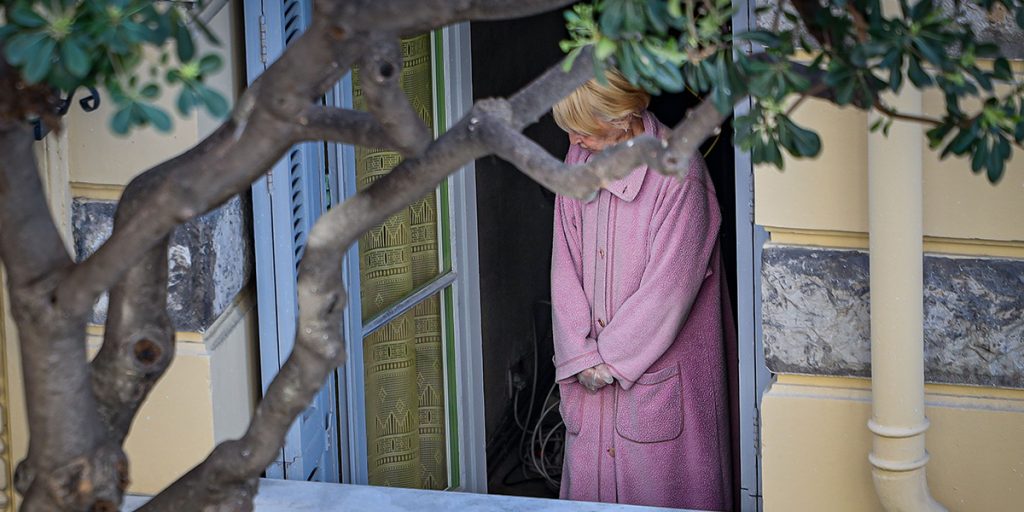
But situations of hospital tension and deaths related to the virus are assumed, the priority being the resumption of economic and social life. However, coordination between the State, the administration and local authorities is proving to be very weakened by the crisis. On the health front, the state authorities are unable to impose their decisions and enforce them uniformly throughout the country. Some regions, cities and local authorities are therefore implementing measures to deal with the health situation that complement or even contradict those of the State.
Spring-Summer 2021 : gradually, young and active France got used to SARS-CoV-2. A large part of the population no longer wishes to sacrifice itself to protect the most vulnerable, a state of mind that corresponds to the State's laissez-faire approach to health matters. The resulting excess mortality is collectively assumed (or obliterated). There is in fact a strong decoupling in individual risk behaviour, with the youngest, most active and most precarious individuals being the most inclined to return to an almost normal life.
Weak economic growth is also contributing to this increase in social tensions by blocking the horizons for an upturn in activity. GDP is expected to increase by only 4% to 6% in 2021 compared to 2020. Unemployment seems to be stabilising at around 10%. In addition, the growth of public debt is reducing the State's room for manoeuvre in terms of social policies. As a result, inequalities within the population are increasing.
Social cohesion suffers greatly from this increasing stratification of society, which is manifested in the health and economic fields. Feelings of injustice and hostility towards the privileged are increasing.
Fall 2021 : In this context, the French have less and less confidence in the government and institutions, which they blame for the lack of a clear vision and sufficient means to face the health and economic crisis. Challenges are multiplying, but with a great diversity of objectives, actors, recipients and duration. They create a permanent disruption that translates into a social climate that is constantly in turmoil, but without explosion.
Scenario 3
Green New Deal
Summer-Fall 2020 : While several experts predicted an inevitable second wave of Covid-19 in Europe in the fall of 2020, it turns out that the characteristics of SARS-CoV-2 naturally decrease its virulence as herd immunity develops and its mutations make it progressively less aggressive.
French people's confidence in the institutions is therefore tending to increase, with the State clearly emerging as a key player in guaranteeing the security of all. The involvement of all players, including in the civil service at the start of the 2020 academic year, will allow a return to normal public services and promote respect for the law. At the same time, the many social initiatives implemented at several scales during the period of confinement will continue well afterwards.
The government is relying on the renewed confidence of the population through health crisis management to propose, from the end of the summer and during the autumn of 2020, an ambitious recovery plan to encourage the emergence of a green and sustainable economy. Massive public investments are planned over several years to encourage the reconversion of companies and individuals. This policy is part of a renewed optimism among the population.
2021 : As for the epidemic, it did not resume with the winter. The French health care system, therefore, did not observe any major upheavals. The storm has passed, without really moving the lines. If the material vital to face the next crisis is stocked in sufficient quantity, the care staff remains a little valued.
Begun in 2021, the government-led green recovery is enabling a rebound in economic growth and household consumption. The fabric of SMEs has been profoundly renewed, but large companies remain the main players in this "new economy".
Scenario 4
Great Depressions
Summer-Fall 2020 : After the summer lull, the epidemic starts again in the fall of 2020, along with other seasonal viruses. Indeed, the lack of public support for physical distancing measures and the difficulty encountered by law enforcement agencies in regulating reckless behavior has allowed the virus to continue to circulate.
In the face of a continuing epidemic, the government is unable to impose its decisions or bring together
the country around a shared strategy. On the contrary, French confidence is being eroded, especially as they suffer from the deterioration of public services. For their part, more and more local authorities are demanding the need for health policies adapted to their specificities. In fact, they are gradually putting in place measures that complement and sometimes even contradict those of the State. The decoupling of territorial trajectories is therefore being reinforced according to their health situation and the means at their disposal to deal with it. The result is growing inequalities for individuals depending on where they live and their risk profile.
December 2020-March 2021 : With the winter, the French health care system is again overwhelmed, even if unevenly across services and regions. The government is forced to impose one or more periods of confinement (at the regional or national level) from January 2021.
The continuing health crisis is plunging France into a major economic crisis: GDP will have fallen by 15% by the year 2020. The European and international situation leaves little hope for renewed growth. Some multinationals are in great difficulty and the State is forced to raise capital or even nationalise them. Among SMEs, there are many bankruptcies and mass redundancies. The impacts are major on employment, the rise in the unemployment rate is dramatic, including in the sectors that were initially the least affected by the crisis. Income and consumption are falling, and state aid is insufficient to revive the economy.
Spring-Summer 2021 : In a context of great economic precariousness and increasing stratification of society, solidarity is organized in a heterogeneous and unequal way. Individuals are refocusing on their sphere of proximity. Households are increasingly led to resort to local self-help practices (mutual aid, exchange of services). The informal economy is developing strongly. More and more people are leaving traditional employment to escape unemployment and deteriorating working conditions. Work is no longer necessarily a priority, and may even become a source of stress from which more and more people are trying to escape. Time, quality of life and the family are more than ever becoming priorities to escape from an anxiety-provoking national context. Part of the population of large metropolises is leaving them permanently.
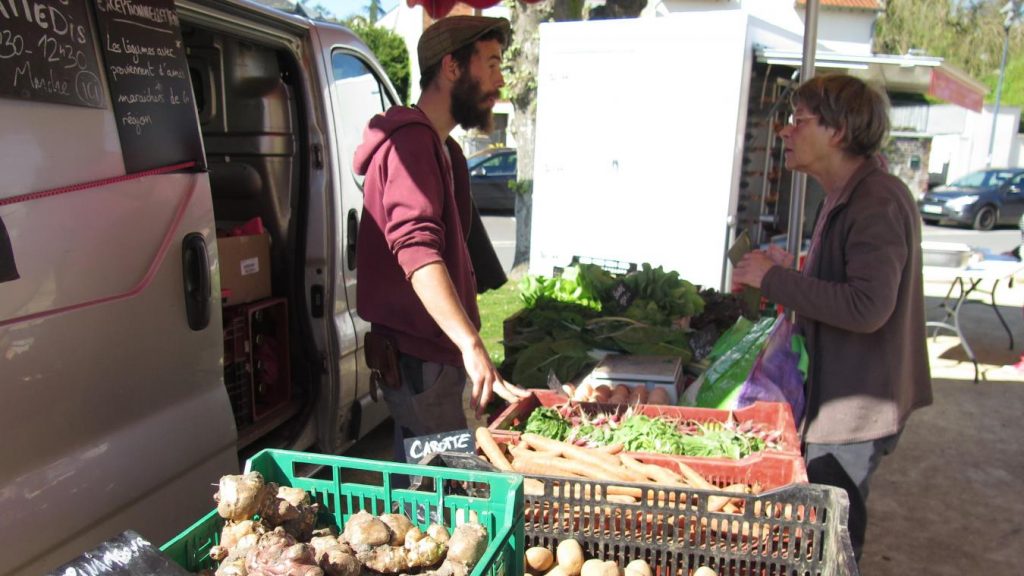
Fall 2021 : Government revenues shrink throughout the year. From the last quarter of 2021, the sustainability of the social protection system is questioned, between financial imbalance and questioning of its very principle. A return to normality now seems unlikely. French society is being rebuilt on communities smaller than the national community, and is struggling to find the motivation and the necessary impetus to collectively emerge from the crisis.
On the contrary, more and more French people consider that they can only rely on themselves, their loved ones, and their communities to get by and build a better future.
Challenges are multiplying but with a very wide variety of objectives, actors, recipients, and duration. They create a permanent disruption that translates into a social climate that is constantly in turmoil but without an explosion.
Source: Futuribles (Covid-19 crisis: which scenarios for the next 18 months)?

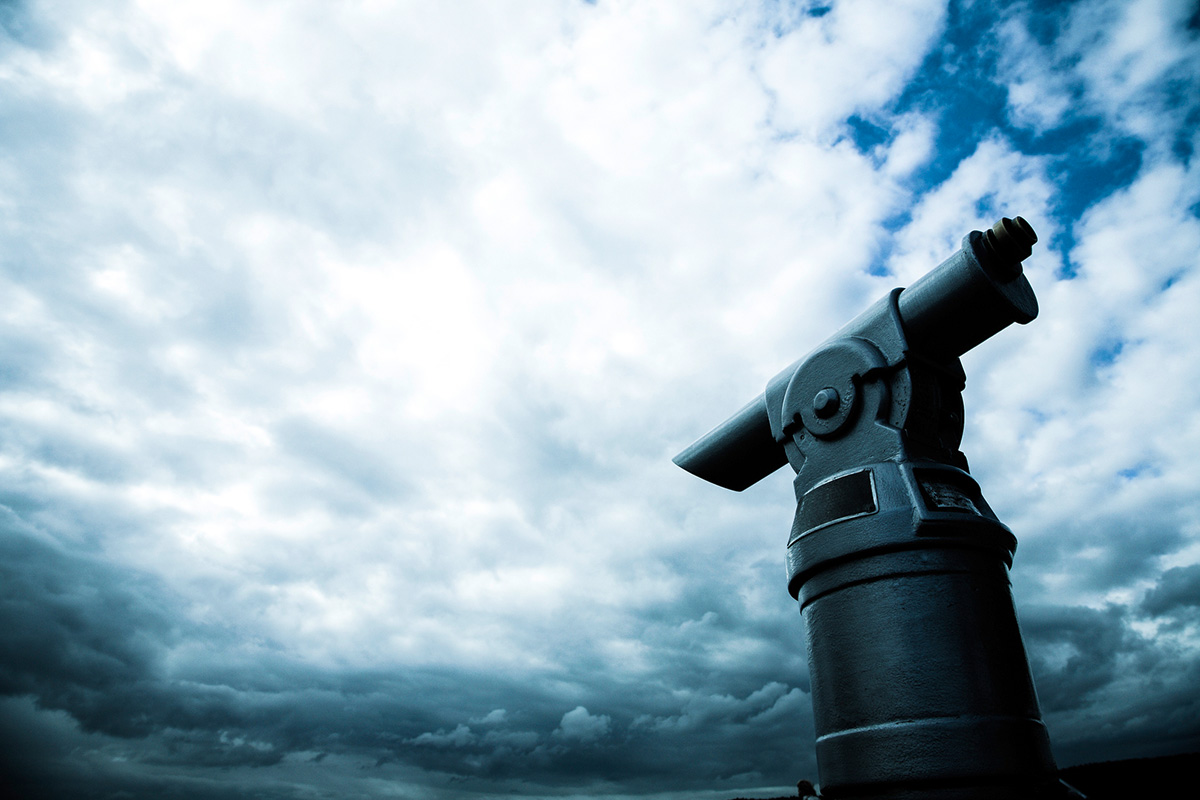

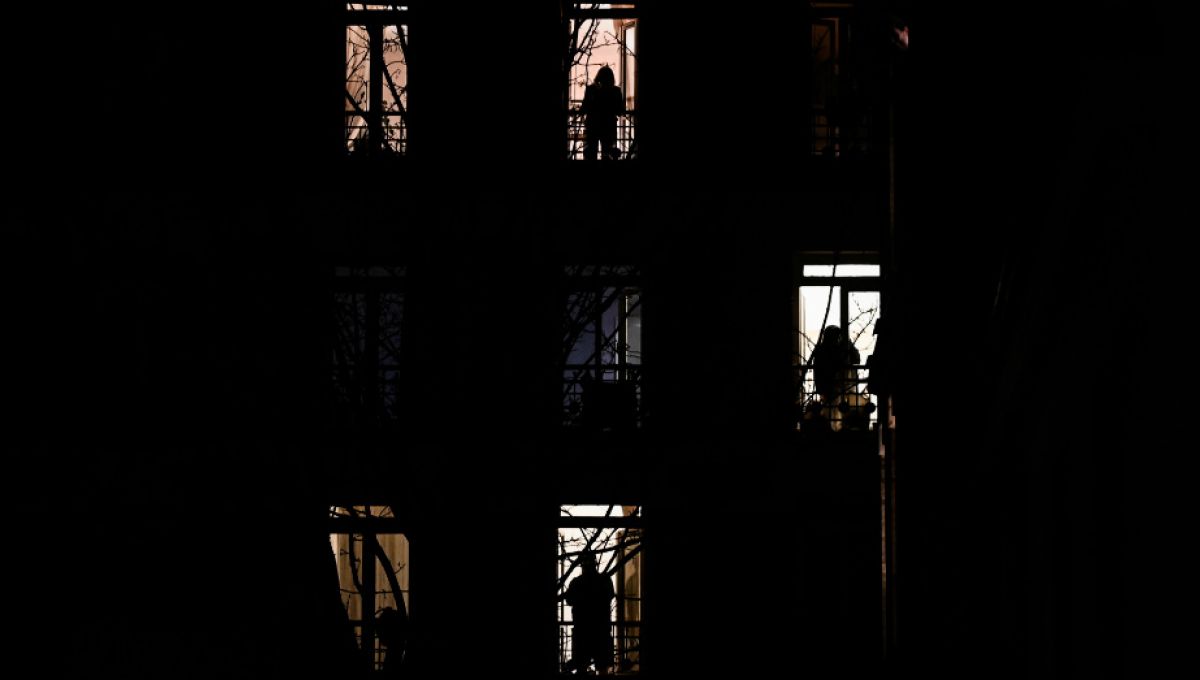
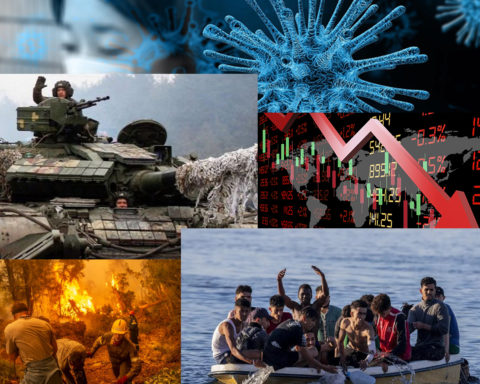
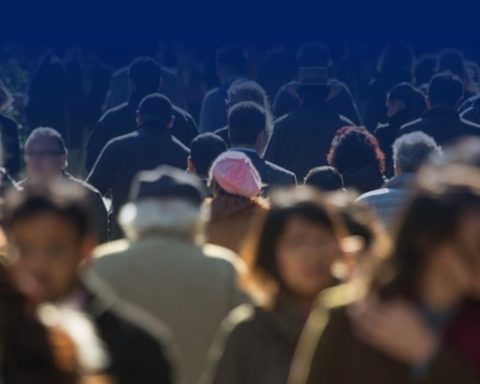

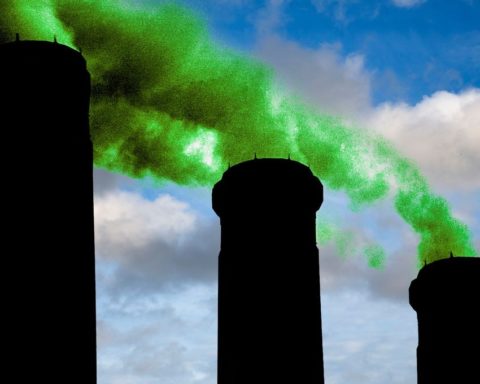
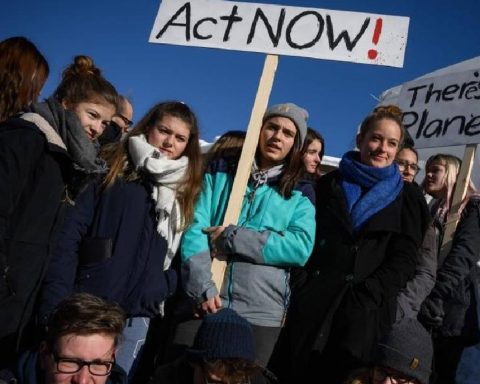




For our Country: it is indeed the scenario 4″Grande Depression " which seems for us, further to our various research works with the University of Pas de Côté the most conceivable and desirable. It would simply be a question, as we have been explaining for a very long time, of making SECESSION with all these forms of governance which take us further and further away from the real problems to be solved and which we have created on our planet (covid, pollution, climate, hunger, wars...) It would be good to look together for another way of living with what surrounds us in the place where we live.… Read more "